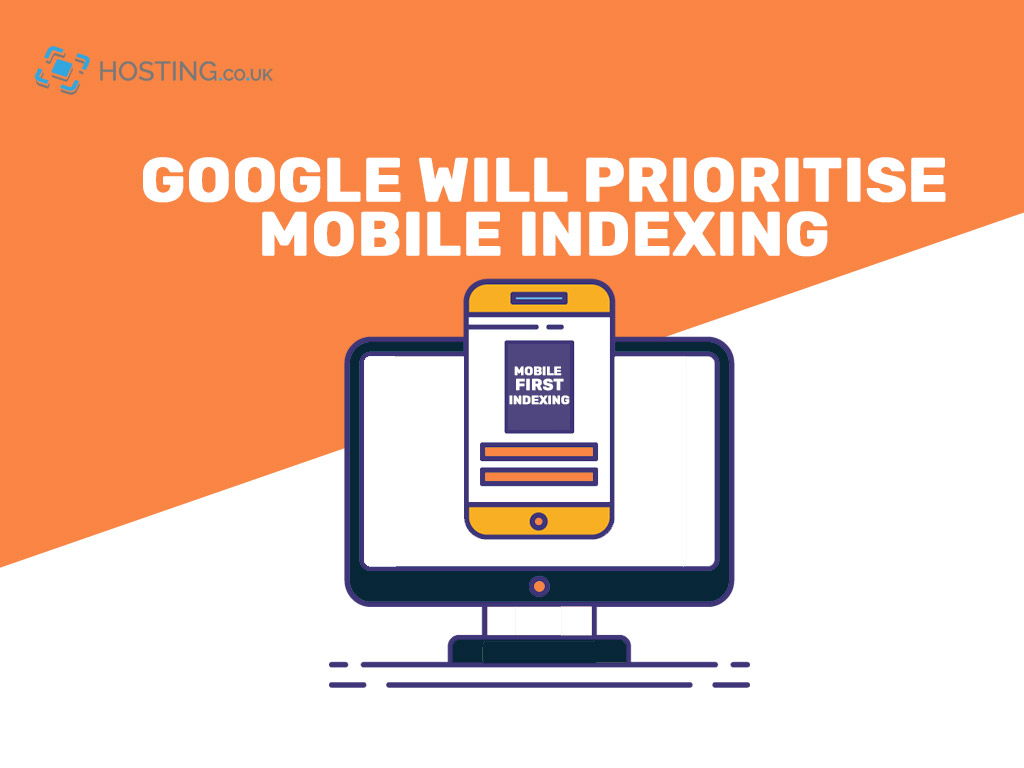Google has been prioritising mobile first indexing since 2016, but recently, the tech titan announced that by September 2020, all sites will be crawled and indexed using mobile first indexing.
Table of Contents
What’s mobile first indexing?
Most websites have two main versions: the desktop version and the mobile version. These versions of your website display the same content, but they are actually completely separate versions of your website. Google used to index and rank your website based on its desktop version, since that’s where most activity used to happen. But because online searches have increasingly shifted to mobile devices, it’s recently been announced that, going forward, all rankings (both mobile and desktop) will be based on the information Google gathers from crawling your mobile website.
This is mobile first indexing. It essentially treats your mobile website as the more important one.
What you need to know about mobile first indexing:
- Google has only one index. It doesn’t have a separate index for your mobile site and your desktop site. The index will prioritise your mobile website.
- If there’s a difference between what’s on your desktop website and what’s on your mobile website, Google will index only what’s on your mobile website. You won’t rank for content that’s only on your desktop website, even for desktop searches.
- You can’t opt out of mobile first indexing. It will happen regardless of how much traffic you get on your mobile website and regardless of whether you’ve started to optimise a mobile website.
- The level of mobile traffic a website gets has nothing to do with whether that website is moved over to mobile first indexing.
What to expect from mobile first indexing?
If your mobile website has the same content, metadata, and accessibility level as your desktop version, the switch to mobile first indexing shouldn’t have a major effect on your traffic or rankings. But if your mobile website has less content, you’ll likely see a dip in traffic.
What does this mean for businesses with a mobile website?
If you haven’t yet started to optimise a mobile website, now’s the time to follow Google’s recommendations for making your site as indexable as possible.
Here are some things you can get started on:
- Switch to a web host that allows you to create a mobile website.
- Check the content, structure, and metadata of your websites to make sure your mobile website and your desktop website are virtually identical.
- Start prioritising your mobile website over your desktop website. If, for any reason, you can enhance only one version of your website, choose the mobile one.
- If you have any sections of your mobile website that won’t load unless a user interacts with it (e.g. by swiping or tapping), adjust this, so that bots can crawl your site.
- Follow the tips in our guide to creating a flawless mobile website.
Other things you can do to optimise a mobile website:
- Make sure important content is clearly visible. Don’t hide important content on your mobile website just so you can have a minimalist design. If content is important to your visitors, make sure it’s clearly visible.
- Use your tabs strategically. If you have hidden content behind your tabs, this content can be used for indexing and ranking, but Google won’t offer a preview of that content in the search results, because Google only previews content that the user should be able to easily find on the webpage. This means that if you have content that you want to use to attract your viewers, you can’t hide it behind your tabs.
- Increase your page speed. Page speed has always been an important factor in a website’s success. Nothing turns visitors away faster than a website that takes forever to load. But when Google defaults to mobile first indexing, page speed will be even more crucial.
- Pay attention to your site’s display. If your site doesn’t render properly, it could fall out of Google’s index.
What can you expect in September 2020?
When Google completes the switch to mobile first indexing, you can expect to see an increase in crawling, because Google will be working overtime to update its index to your mobile website. This might take a while depending on the complexity of your website and other factors. After the index is updated, you can still expect to see a few occasional crawls with the traditional desktop Googlebot, but most crawling will be done with the smartphone bot.
Wrapping up
Google will be switching to mobile first indexing in September 2020, but that shouldn’t scare you. If you take steps to optimise a mobile website, you won’t see a drop in site traffic. In fact, you might even see an increase in traffic if you follow our tips and your competitors don’t!
Want to know more about increasing your website’s ranking? Check out our guide to making social media work for your small business!
